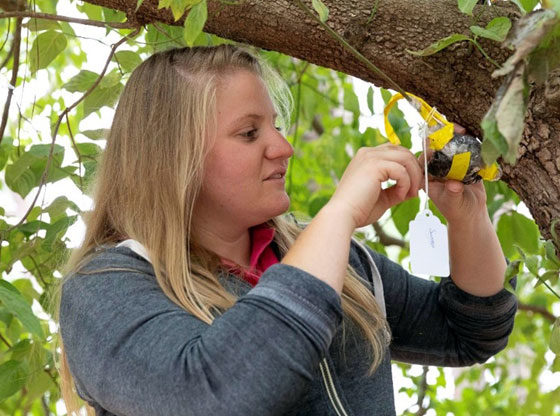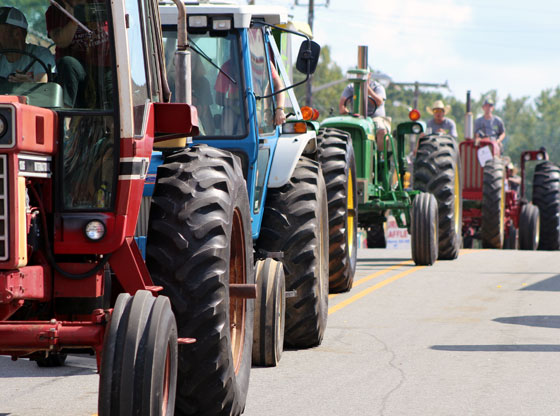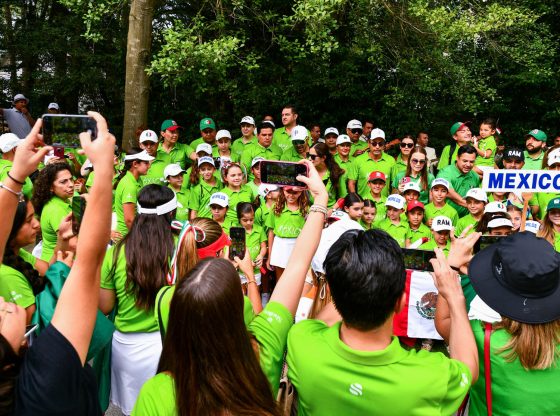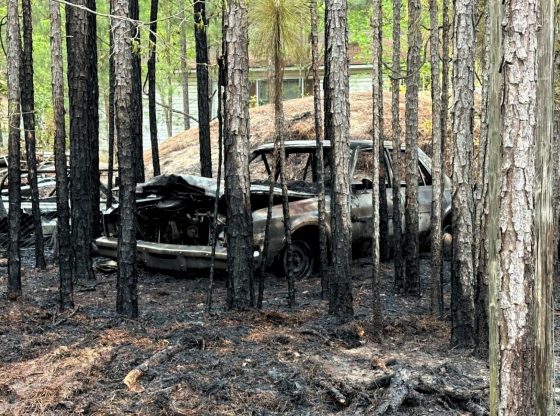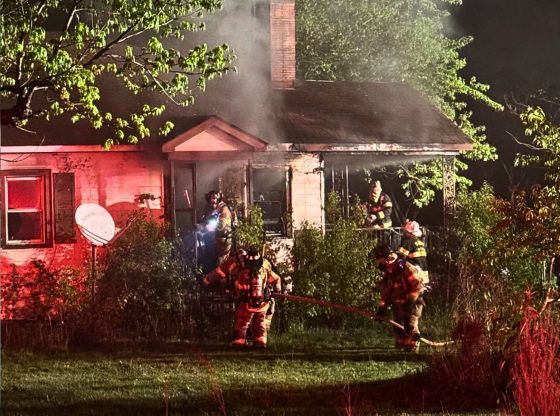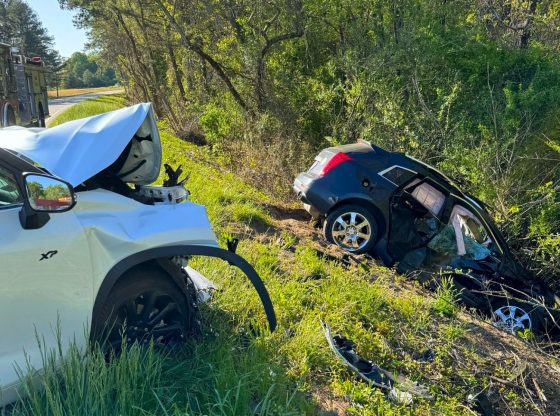As the spring of 2021 blooms, The Country Club of North Carolina’s horticulturist, Shannon Smith, has successfully cloned the double flowering dogwood tree that has been providing beautiful flowers right in front of the clubhouse for nearly 70 years.
“A double flowering dogwood is very rare,” Smith said. “It happens in the wild and is not man-made. The fact that we have one at CCNC is really cool, and soon, we’ll be able to say that we have many.”
Smith has been trying to find a way to breed the unique tree for about a year. On May 26, she discovered roots growing on one of the samples, meaning her project was a success.
“I was so excited that I almost cried,” she said. “I really didn’t think it was going to work because it’s a tough tree to clone. When I saw it, I was in shock. I couldn’t believe there were actually roots on it. I knew that I had accomplished something amazing.”
Smith has served as the horticulturist at CCNC for the past four years and has been coming to the club for over a decade to tend its people’s gardens. She has had her eye on the double flowering dogwood for a long time.
“The tree is very old. It was here when the club was built back in the 1960s. It’s amazing that a dogwood has lived that long, especially being in such a crowded location,” said Smith.
She made it her mission to find a way to keep the double flowering dogwood at CCNC for many years to come.
“Since this is such a special tree, it’s not easy to propagate. To do so, I had to use the process of air layering. It’s a method of propagation, but it’s more for conservation than mass production because it takes so much longer,” Smith said. “My process for air layering was to take the smooth side of a small branch and cut the outer edge of the tree, just underneath the phloem tissue. By cutting off some of the phloem, I exposed the xylem tissue. Once I cut it, I put a rooting hormone on it to trigger the tree’s response to grow roots instead of putting out new bark and leaves.”
Although Smith has accomplished the most challenging part of the air layering process, there is still more that needs to be done.
“My next step is to wait for the roots to develop enough so that they can survive on their own,” Smith said. “Then, I’ll cut them off and grow them at our nursery pad. Once they are about three or four feet tall, I will plant them on the course and around the club.”
Smith hopes to repeat the project every year to clone as many double flowering dogwood trees as possible.
“My goal is to try and preserve the mother tree while propagating new ones to expand to the club,” she said. “I’m going to try and get as many roots from the tree as I can each year, while being sure not to overload the tree so that it can live longer and develop more roots.”
Smith’s experiment was certainly not something she achieved on her first try. It required precise timing and execution.
“I tried last year, but I think I waited too late to start,” Smith said. “It is best to start this time of year because the tree is in growth mode versus later in July when it is holding the leaves for water, waiting to drop them in the fall.”
The accomplishment of cloning such a special tree is worthy of a good deal of pride for Smith and the club.
“There are tons of flowering dogwoods around Pinehurst and the world, but no one else has the double flowering dogwood, which is what makes this one so special,” Smith said. “I’d like to put one on each hole of the golf course, preferably near the green where everyone pauses to see it. It would be really cool to be able to say that we are the only place that has it, and now, more than one.”
The double flowering dogwood has been a part of CCNC’s rich history every step of the way. Now, through Smith’s innovative work, the tree’s offshoots will continue to flourish around the club for generations to come.
Feature photo: Shannon Smith hard at work. Photo credit; Al Van Vliet.
~Written by Sandhills Sentinel contributor Taft Gantt.


